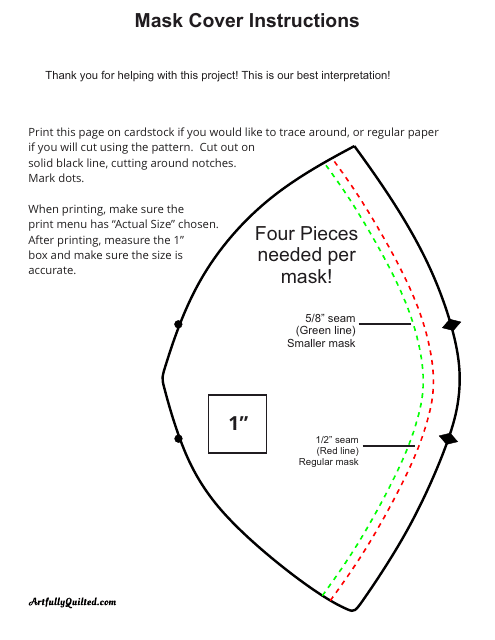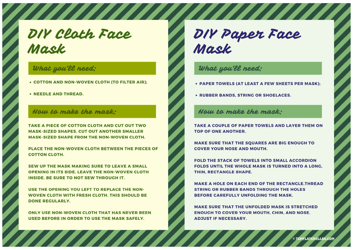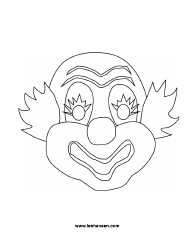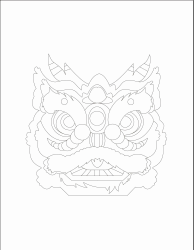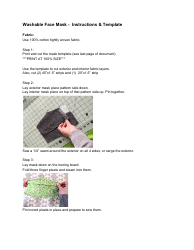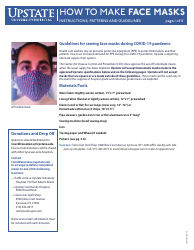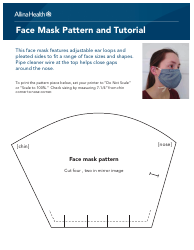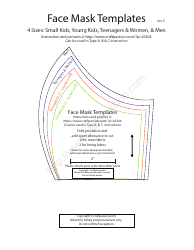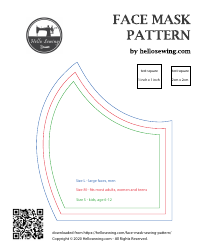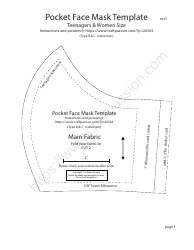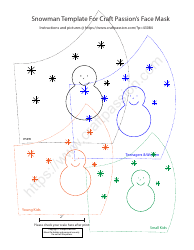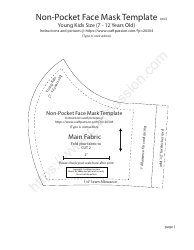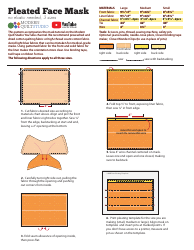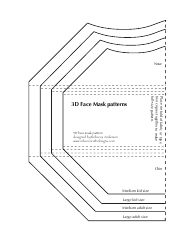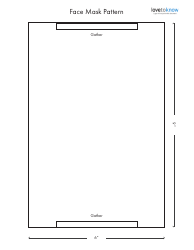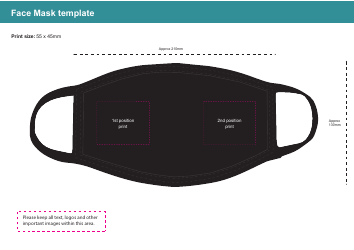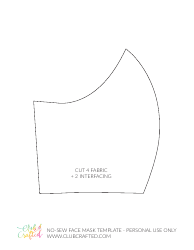Face Mask Cover Template
A face mask cover template is a guide used to make homemade face masks. These templates can come in different sizes and styles to fit different face shapes. They can be printed out, placed on a piece of fabric, and then cut out. This ensures the mask has the correct dimensions. They're especially useful during situations, like the COVID-19 pandemic, when the public is encouraged to wear masks. Homemade masks made using these templates can serve as an additional protective layer to reduce the spread of viruses when social distancing measures are hard to maintain.
The face mask cover template is usually filed by individuals or organizations that are producing or manufacturing face masks. This could include healthcare organizations, companies in the manufacturing sector, or even individual hobbyists or crafters. These templates are used as a guideline for creating face masks that meet specific size and shape requirements.
FAQ
Q: What is a face mask cover template?
A: A face mask cover template is a pattern or guide used to create homemade covers for protective face masks. These are popular DIY projects during times when disposable or medical-grade masks are in short supply.
Q: How can I use a face mask cover template?
A: You can use a face mask cover template by printing it out on paper, cutting out the pattern, and then tracing it onto the material you want your mask cover to be made from. You can then cut the material and sew it together as defined by the template instructions.
Q: What materials are best for making a face mask cover?
A: Cotton fabric is typically the best for making a face mask cover due to it being breathable, readily available, and easy to clean. Other materials like chiffon or silk have also been found effective when used in combination with cotton.
Q: Can face mask covers provide the same protection as medical masks?
A: Face mask covers cannot provide the same level of protection as medical-grade masks, but they can serve as a physical barrier to help prevent respiratory droplets from spreading when you cough or sneeze. They are better than not wearing any mask at all.
Q: How often should I clean my homemade face mask cover?
A: You should clean your homemade face mask cover after each use. It's a good idea to have multiple masks on hand so you can easily switch them out. A washing machine should suffice for cleaning most fabric masks.
Q: How well do DIY face masks work?
A: DIY face masks functionality varies depending on the material used and how well they fit. No homemade mask will offer protection as robust as that of an N95 mask, but a DIY mask is a good option when nothing else is available.
